Fruit and Vegetable Production
-
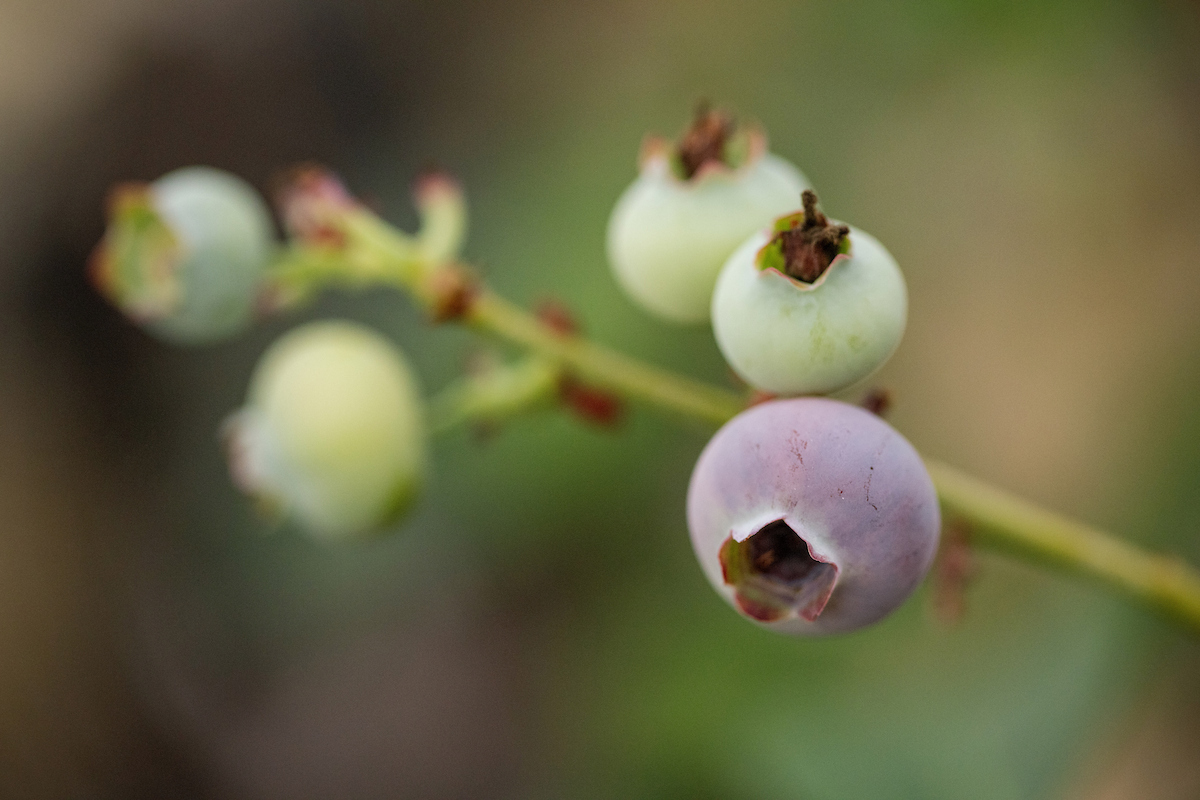
Phenology refers to the sequential developmental stages, also called growth stages, that may occur in perennial plants every season. The growth stages of blueberry plants are affected by temperature, light intensity, and light duration (photoperiod). Erratic weather can impact the plant’s developmental phases. The different types of cultivated blueberries—northern highbush, southern highbush, lowbush, and rabbiteye—all possess a similar response to temperature, light levels, and photoperiod. Yield is directly related to flower bud initiation and differentiation. Therefore, growers must identify and differentiate flower buds from vegetative buds and understand their functions in order to apply the best practices from planting to harvesting.
Zilfina Rubio Ames
|
-
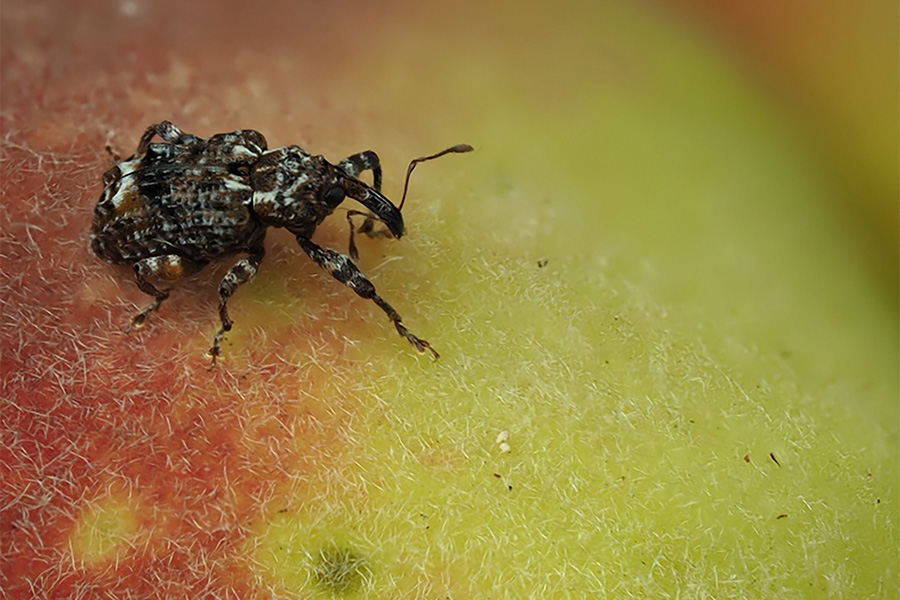
Plum curculio, Conotrachelus nenuphar (Herbst), is a key insect pest of peaches in the Southeast region of the United States. It is a snout beetle native to North America and is found east of the Rocky Mountains in the U.S. and Canada. Plum curculio drives the insect pest management program for Georgia peach producers. This circular covers the biology, damage, and current management recommendations for plum curculio in Georgia peach production.
Brett R Blaauw and (Jean) Tzu-Chin Liu
|
-
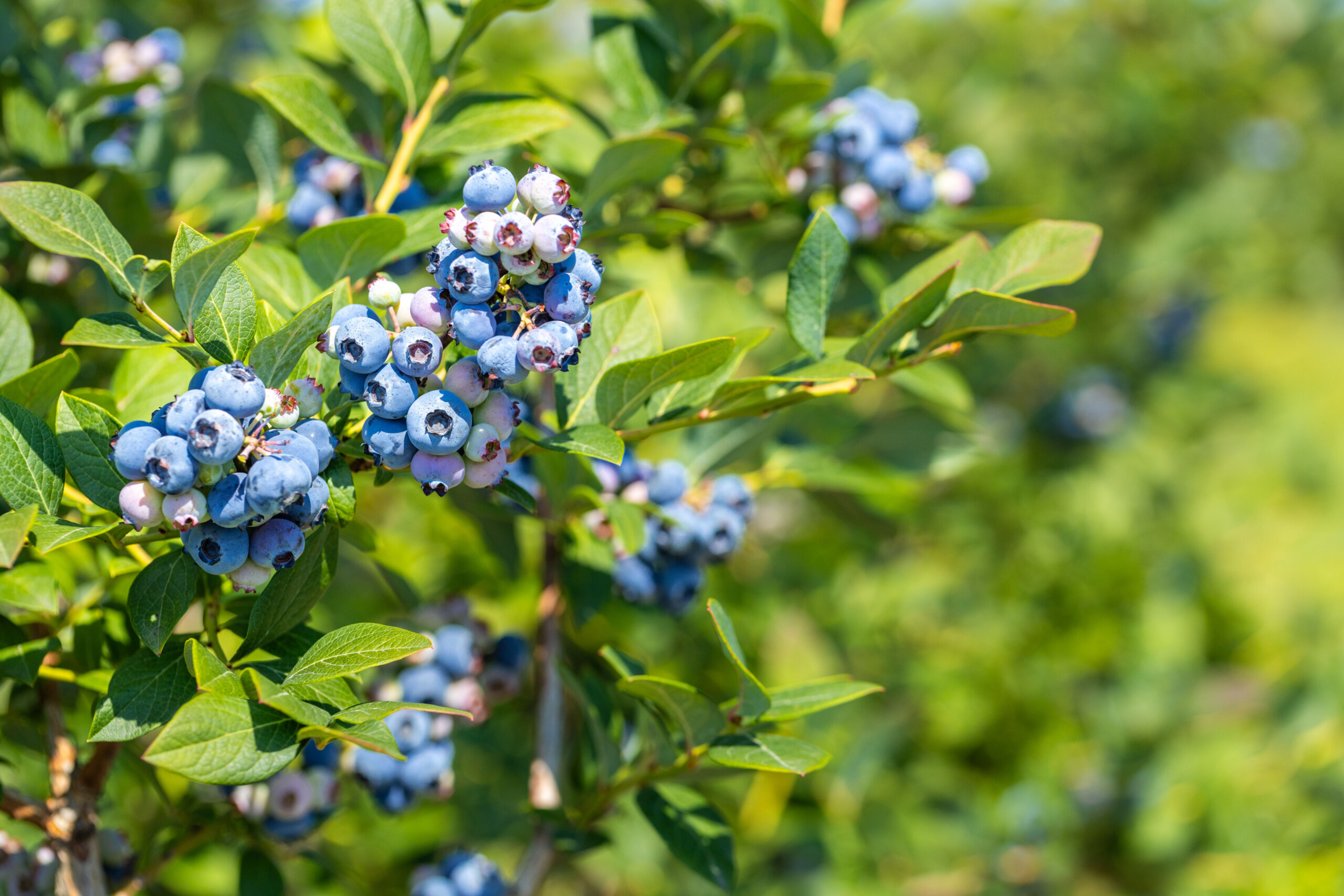
This publication provides updated (2024) Southeast-specific information on approved National Organic Program (NOP) disease and pest management options for blueberry production and addresses the issues most commonly encountered under the unique growing conditions of the Southeast U.S. This publication is not intended to provide all details on organic blueberry production, although it does include the production methods that reduce the impact of plant disease and pest issues. Emphasis in an organic system should be on cultural practices that reduce disease and pest pressure rather than pesticide applications. NOP-approved pesticides are usually less efficacious than conventional products. The pesticide label is the law and supersedes any information on pesticide use contained in this guide. Because environmental conditions and grower application methods vary widely, suggested use does not imply that performance of the pesticide will always conform to the pest control standards indicated by experimental data.
Phillip M. Brannen
|
-
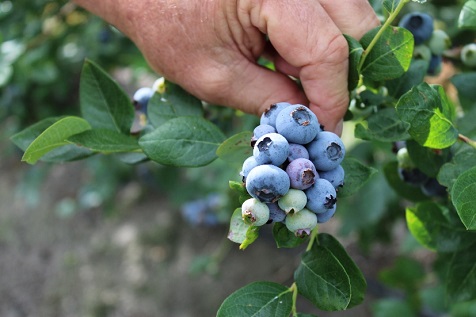
This publication will inform growers about the factors that can affect blueberry fruit set, development, and ripening. As weather patterns are shifting, it is important to keep in mind that environmental factors influence plants’ physiological and developmental processes and understand how that translates into fruit quality each harvest season.
Angelos Deltsidis, Zilfina Rubio Ames, and Amit Godara
|
-
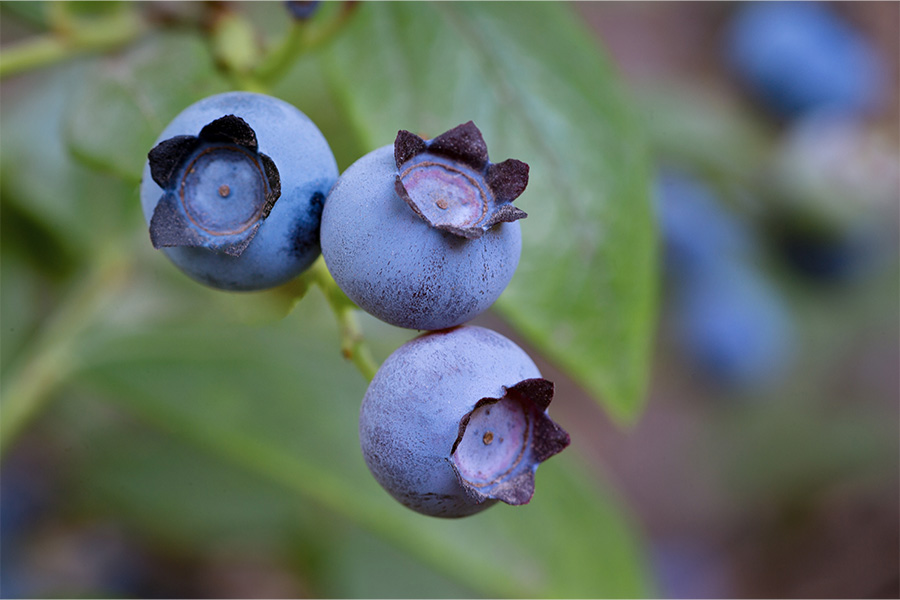
Propagating disease-free blueberry plants is important for the future sustainability of the blueberry industry in Georgia and the Southeast. Over the past two to three decades, the Georgia blueberry industry has experienced remarkable growth and has become a national leader in blueberry production. To remain competitive, Georgia blueberry producers need a supply of healthy plants to replace older plantings and obsolete varieties. This publication helps producers understand how to best address many cultural and disease issues observed in developing disease-free transplants from softwood cuttings.
Phillip M. Brannen and Jonathan E. Oliver
|
-
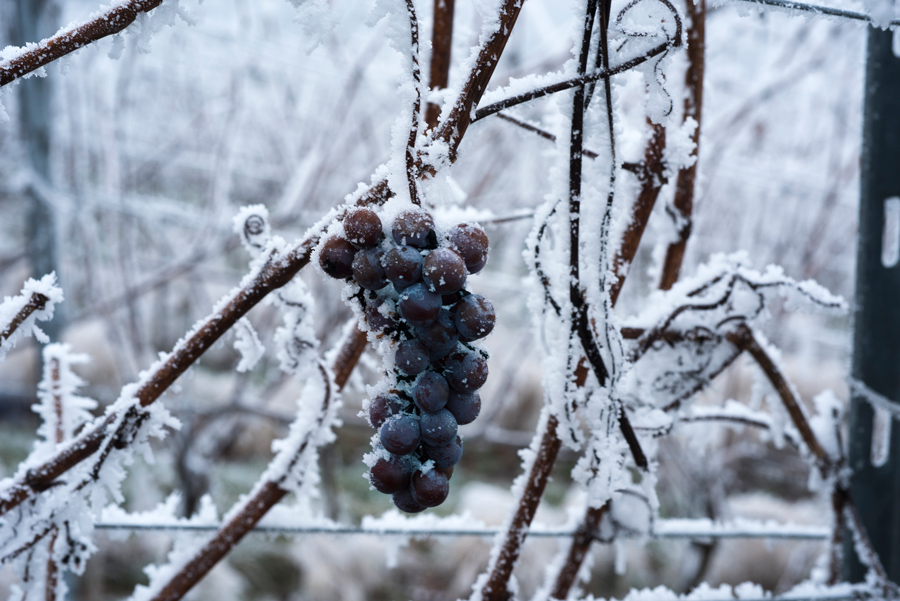
B 1490
Vineyard Frost Protection
The vineyard industry is growing across Georgia and across the Eastern United States. Frost is a perennial threat in these regions, and reducing frost risk can save approximately $48,000 per acre in return revenues. Since many growers new to the industry will be planting vineyards, it is important that they are aware of the risk of frost and ways to avoid it. This bulletin also serves as a good reference for current industry members who are unaware of the risk of frost or who want more information on how to manage its risk. This publication covers all aspects of vineyard frost protection, including weather patterns that cause frost/freeze damage, as well as passive and active methods that can be employed to reduce frost risk.
Pam Knox, Sarah Lowder, and Erick Smith
|
-
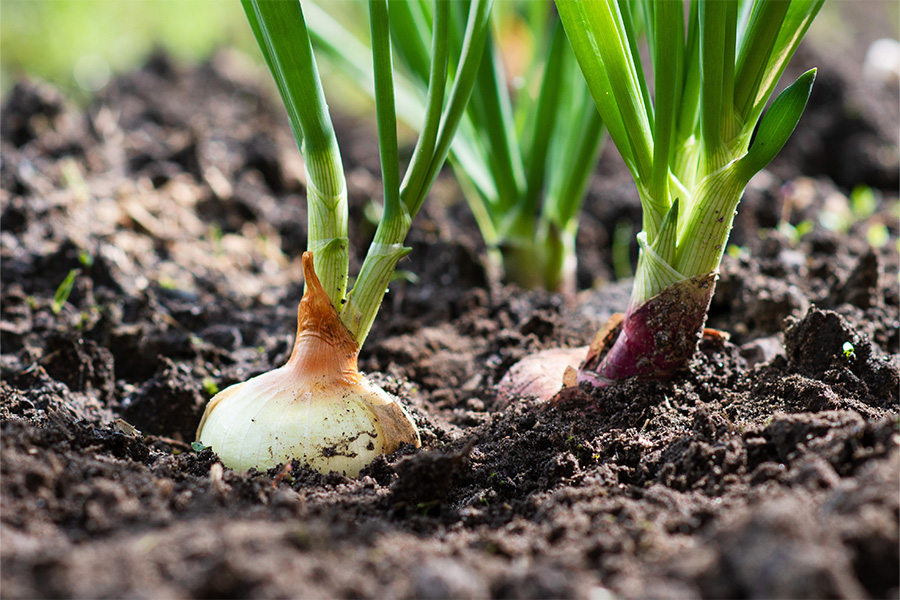
Bacterial diseases are among the major production and economic challenges that onion growers face in Georgia. There are six bacterial diseases that commonly affect onion foliage and bulbs in the state. These diseases are difficult to manage and rely mainly on cultural practices and the use of protective bactericides. Host resistance is limited with little information on pathogen biology and the infection process. This bulletin provides a comprehensive outlook on specific symptoms associated with bacterial diseases, modes of infection and spread, and potential management options.
Bhabesh Dutta
|
-
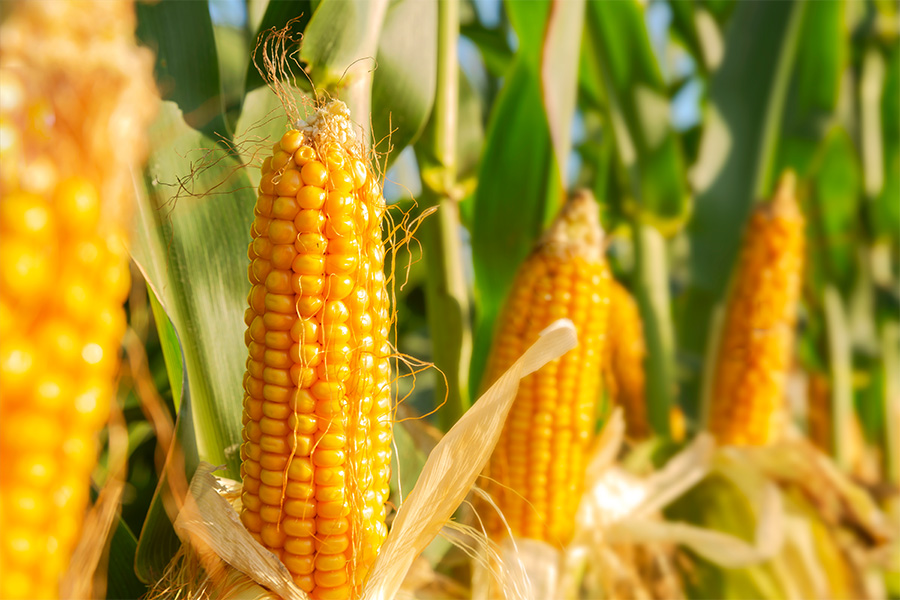
Aflatoxin is a naturally occurring toxin produced by the fungus Aspergillus flavus. The fungus can be recognized by a gray-green or yellow-green mold growing on corn kernels in the field or in storage. Plant stress due to drought, heat or insect damage during fungus growth usually increases aflatoxin levels. Aflatoxin contamination will reduce feeding value and hinder sales. Because it is extremely poisonous to warm-blooded animals even at relatively low levels, grain handling facilities often check for the presence of the toxin before purchasing corn.
John W. Worley
|
-
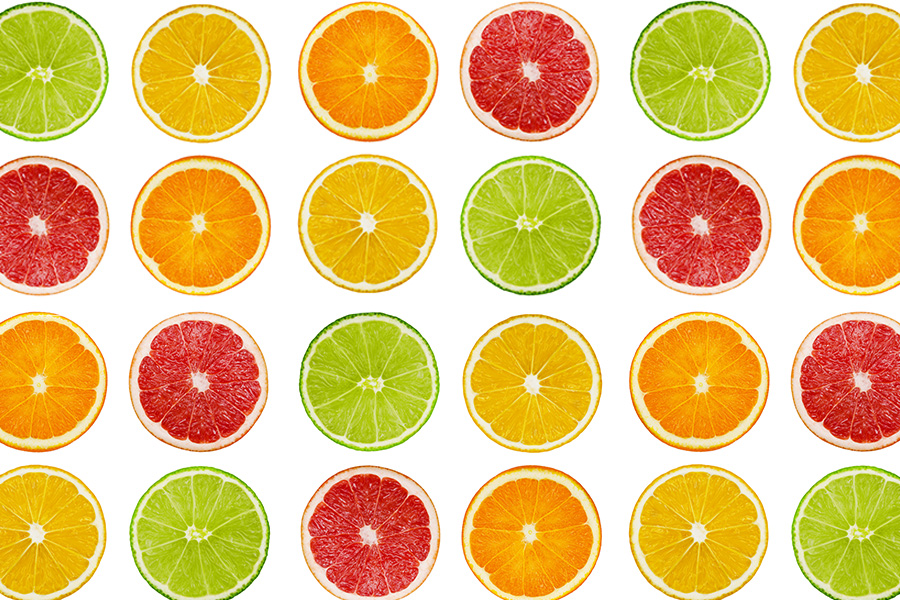
Dooryard citrus has been grown in Georgia for decades, but growing citrus commercially is new to Georgia growers. This publication addresses problem prevention, maintenance, insects, diseases, and some physiological issues of concern in Georgia. The time of year to address maintenance, insects, disease, and physiological issues is projected. Many of the production practices in Georgia are similar to those in Florida, but some, such as timing of fertility, are different. Many of the known insects and diseases of citrus have been confirmed in Georgia while others are yet to be confirmed. As new citrus trees and varieties are brought in from citrus nurseries in Georgia and other states, more production issues will arise. Many issues covered in this publication may not be present in all commercial groves, and other issues will certainly arise. Many citrus management problems can be prevented by proper planting techniques and by selecting the best citrus varieties and rootstocks adapted to our location. Planting healthy, disease-free citrus trees in appropriate sites with adequate windbreaks and irrigation may prevent future issues and limit the need for many pesticide applications.
Jake Price
|